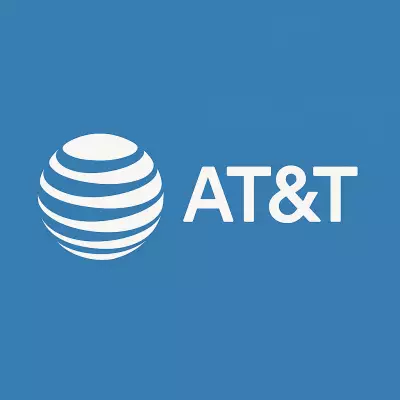26 Million Passwords Leaked by a Massive Botnet
Table of Contents
- By Dawna M. Roberts
- Published: Jun 16, 2021
- Last Updated: Mar 18, 2022
It’s no news to anyone that data breaches have flooded the dark web with millions of user credentials. However, last Wednesday, NordLocker, a security products company, posted on their blog that a hacker group accidentally exposed 26 million stolen passwords while trying to sell them.
What Happened?
The cache of stolen credentials was hosted on a cloud service and accidentally exposed by the hackers who owned the space. The cloud service was notified and took the data down.
According to Data Breach Today, “On its own, this is workaday botnet data: credential pairs dumped from browsers, files pinched from desktop and download folders, and cookies snatched from browsers.”
Credentials from data breaches are to blame for many ransomware incidents. For example, the Colonial Pipeline incident occurred because hackers used credentials from an old, unused VPN that were never deactivated. Those credentials were found on the dark web and used in the attack.
What Was Exposed?
According to the NordLocker report, the 26 million passwords came from 3.25 million Windows computers that were hacked or affected by malware from 2018 to 2020. The collective breach totaled 26 million passwords from more than 1 million websites.
Data Breach Today expands on that “Included are 1.5 million Facebook passwords and nearly 20 million other credentials stored by users in Google’s Chrome browser. Also nicked were 2 billion cookies, or data files that store user preferences and allow people to remain logged into a website. NordLocker says that 22% of the cookies - which included those for services such as YouTube, AliExpress, LinkedIn and Steam - were still valid when it found the data.”
“The malware also stole around 6 million files, including 1 million images and 650,000 Word documents and PDF files. Once the malware landed on a machine with a webcam, it took a photo, potentially capturing whoever was using the computer at the time.”
The article implied that the malware was most likely piggybacked onto bootleg copies of software like Adobe Photoshop, games, and operating system cracks. All this freeware set up a nice huge botnet using the infected machines all the while collecting volumes of data.
Security experts theorize that an info stealer called “Raccoon” was used. Other tools they suspect are AzorUlt and Vidar.
What About the Victims?
Unlike most data breaches, there is no company to send out alerts. Because this data trove has been culled from various other breaches and combined, users will not receive any official notification. However, Troy Hunt has created an online tool called “Have I Been Pwned?” Anyone can freely use the tool to check to see if their passwords or other credentials have shown up in these types of breaches. Check the dark web for stolen databases and find out if your credentials are compromised.
Other tips for the victims include:
- Change all your passwords.
- Invest in a password vault to keep all your credentials safe.
- Never reuse passwords on multiple websites.
- Use good antivirus/anti-malware software to protect against malware infections.
- Keep good backups in case you have to revert to untainted data.
- Protect your personal information to avoid identity theft.
- Turn on two-factor authentication for all your accounts.
- Sign up for identity monitoring.
- Stay on top of data breaches and routinely check for your personal information.
- Use common sense and always be on the lookout for phishing attempts, fraud, and other scams.
















